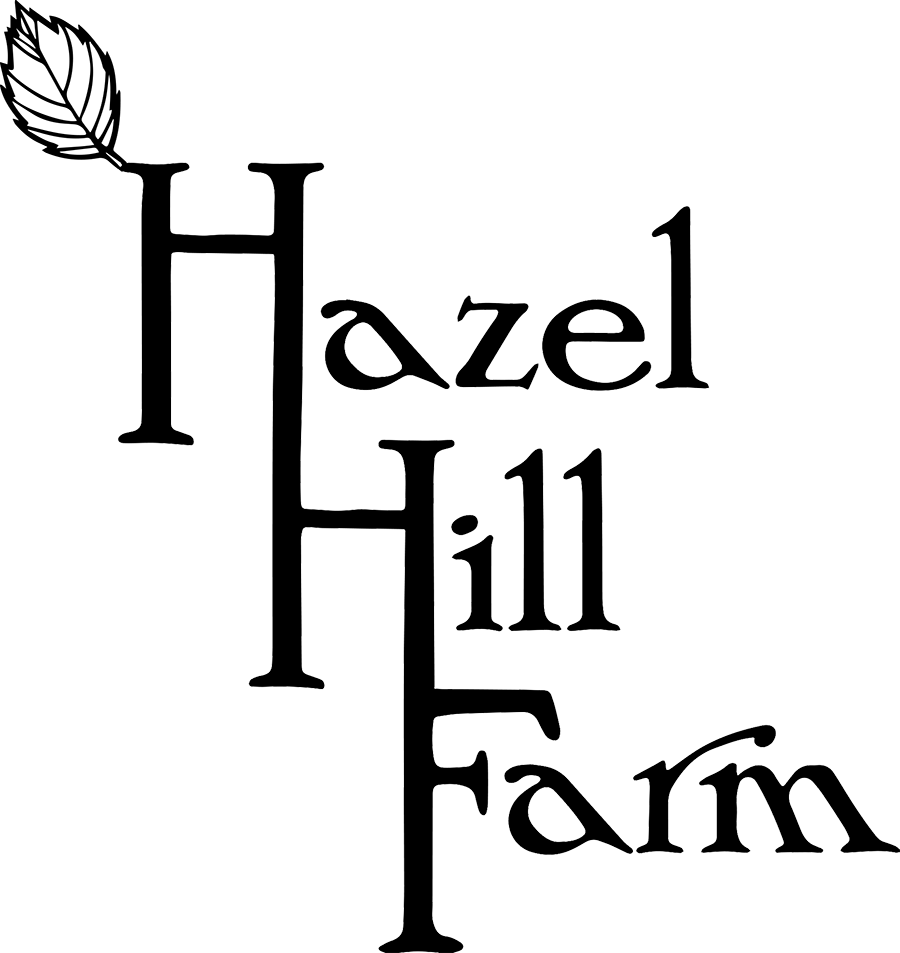Back in February at the MOSES conference, I spent what seemed like (and what may have been) hours in the bookstore trying to decide which of the many books to spend my allotted money on. The spread was overwhelming, covering every conceivable topic of interest to the organic farmer. I made a few visits to the bookstore over the course of the weekend, unable to sufficiently narrow my choices. By the end of the weekend, two talks had narrowed down the choices for me. First, Mark Shepard's permaculture talk had the desired short-term effect of prompting me to buy his book. Second, a panel on organic hog production left me underwhelmed, and sure that there was a more truly sustainable model. Kelly Klober's book Dirt Hog found its way into my to-buy pile and the ever-increasing to-read pile. Incidentally, when I got the most recent MOSES Organic Broadcaster, the Acres USA ad on the back page featured these two books! I guess I'm not alone in my book-buying habits.
The organic hog production panel that spurred my purchase was based on practices that mimicked conventional hog production, simply substituting organic grain for conventional feed. With all grain prices rising indefinitely, this mode of production ignores many of the problems of conventional hog operations while continuing to work the narrowest of profit margins. The men on the panel discussed things like the fineness of grind to maximize feed efficiency. What I took from that particular panel was not a desire to emulate their practices but an important reminder that the "organic" label is not necessarily the paean some wish to believe.
In this book (subtitled "A Hands-on Guide to Raisin Pigs Outdoors...Naturally"), Klober selectively tackles another facet of conventional hog production: large-scale indoor operations. His audience is not necessarily CAFOs, but rather the family hog farmer of the lower midwest (Klober is from Missouri) that has responded to pressures to get big or get out by mortgaging himself to the hilt by building larger and larger hog barns. Klober instead advocates for simple shelters and outdoor production, either on pasture or in a drylot. He does practice a bit more of a natural approach to hog production, but he relies heavily on conventional grain feed and a just slightly less heavily on antibiotics and other medications.
The book does provide very good insight into the art of choosing a sow or a boar for breeding, good husbandry practices, and the relative strength of purebred and crossed genetics. He has raised mostly breeding stock for about 50 years, selling feeder pigs and his own whole hog sausage as a sideline. His descriptions of what to look for in a healthy sow with good genetics will no doubt be useful to me in the future, and the breeding programs he espouses seem sound. While I certainly learned plenty from the book, it definitely raised more questions for me than provided answers. I need to look into humane hog raising practices, the organic guidelines for hog producing, the feed value of unorthodox crops, and much more.
Read this if: you are a hog farmer looking to decrease your overhead; you have a strong interest in animal husbandry

